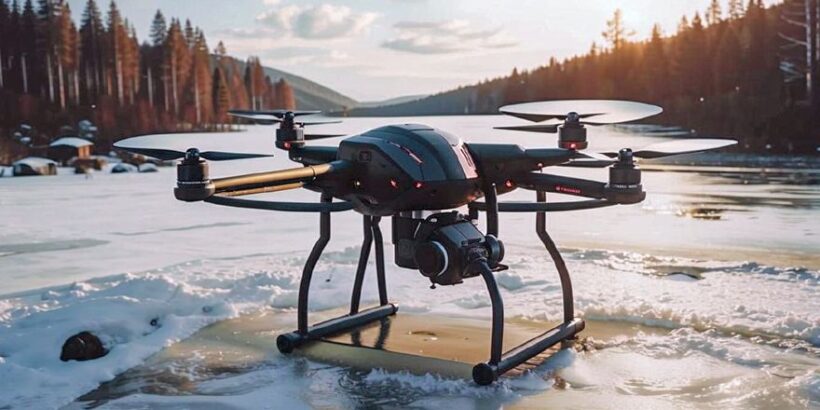Specialists from Department 704 of the Moscow Aviation Institute, in conjunction with engineers from VR-Technologies, have developed an AI network for the autonomous identification of safe landing spots for rotorcraft Unmanned Aerial Vehicles (UAVs). The solution is designed for operation in the absence of designated landing sites, such as during cargo delivery to remote regions or rescue operations in disaster areas. This was announced in the press service of the Moscow Aviation Institute.
A key feature of the development is its ability to analyse not only the terrain but also the soil properties. The AI network assesses the surface solidity using ground-penetrating radar (GPR) data. This device measures the dielectric permittivity of the soil and the propagation speed of electromagnetic waves. The maximum permissible solidity rating for landing is 3 kgf/cm².
The decision-making process is divided into two stages. During pre-flight planning, the onboard computer analyses a digital terrain map. Immediately prior to touchdown, the system refines the data using LiDAR and GPR. The LiDAR scans the height of terrain features, and the AI network interprets the information about the soil.
Laboratory tests have confirmed the high accuracy of the algorithm. The probability of correct identification of suitable landing areas reaches 100%. Accurate height measurement is critical for the system to function. This task is performed by an algorithm that combines data from a laser altimeter and an inertial navigation system (INS).
“The altitude of the aircraft will be determined using an algorithm we have developed that integrates readings from a laser altimeter and an inertial navigation system. This system has already been successfully tested in the field,” explained Pavel Ermakov, a participant in the project and a postgraduate student at Department 704 of the MAI.
Existing domestic counterparts focus only on terrain analysis, ignoring the ground condition. This increases the risk of damage to the aircraft upon landing. The MAI development eliminates this shortcoming by offering a comprehensive approach. The technology has already undergone field trials. Its implementation will expand the capabilities of drones in challenging environments, from logistics to search and rescue operations.


